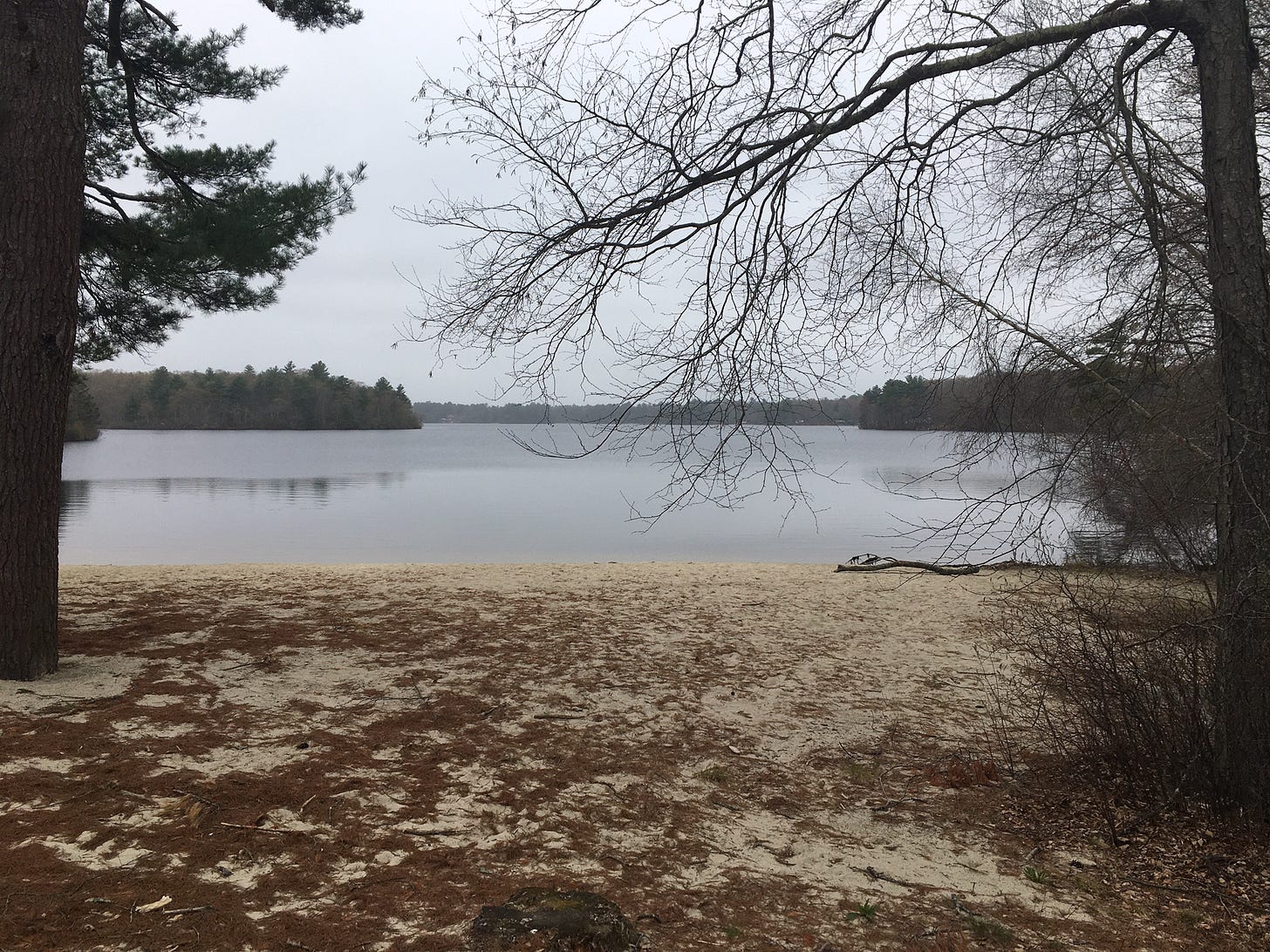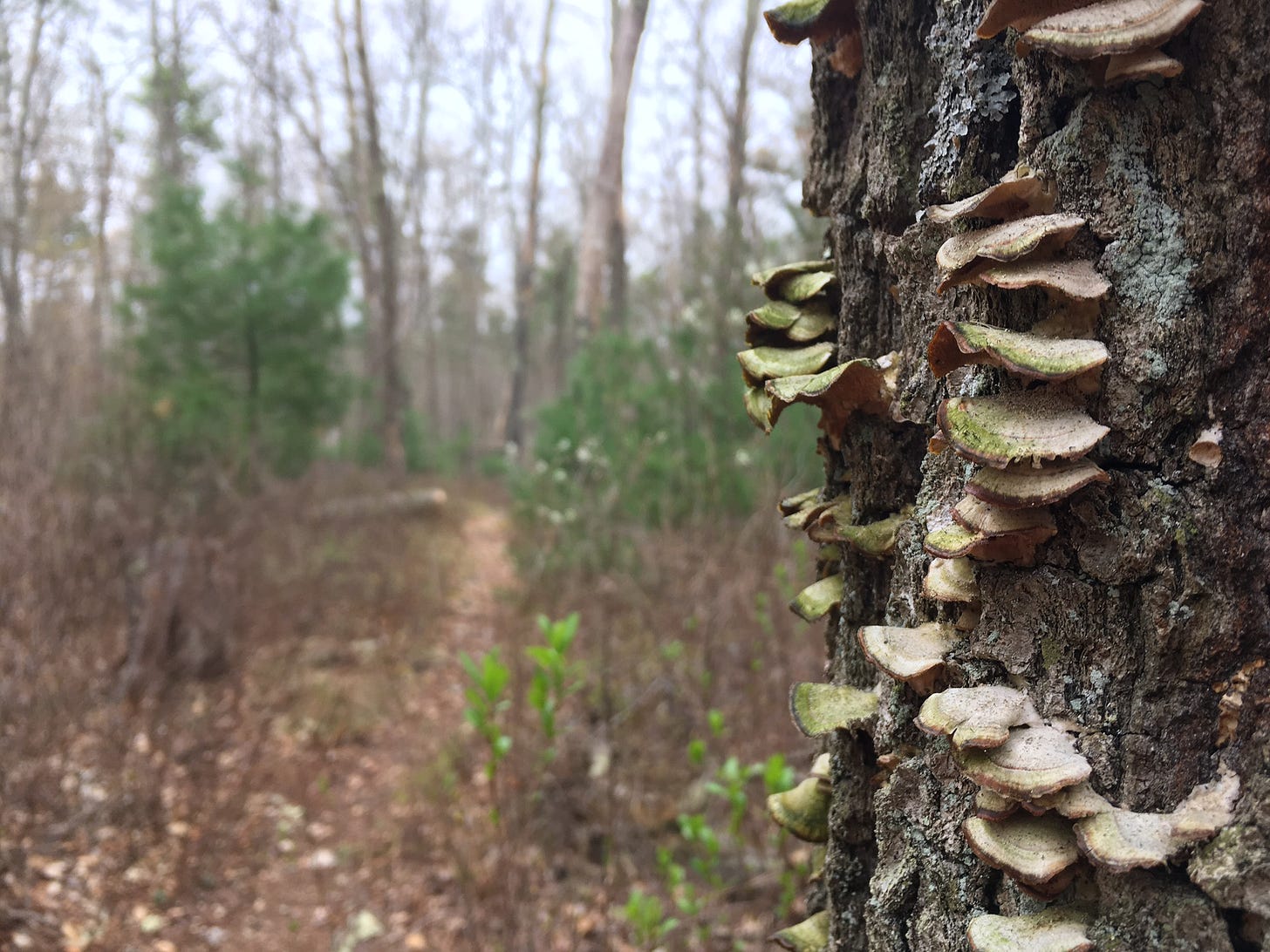One of the upsides of being sick a few weeks ago was the license to watch tons of movies while eating simple carbohydrates. And one of the most spellbinding films I watched was Nicolas Roeg’s Walkabout. Released in 1971 to much acclaim, only to be more or less forgotten in the decades since, Walkabout follows a pair of middle class children who―through shocking events which I won’t spoil here—suddenly find themselves stranded in the middle of Australia’s Outback. With barely a lick of water and minimal supplies, the kids set off into the desert searching for salvation. Their journey starts to resemble the Indigenous Australian custom of Walkabout, in which an adolescent embarks on a solo six-month foot journey through Outback, living off of the land. This takes on a new layer of meaning when the two kids happen upon a teenage Indigenous boy, who pretty much saves them and becomes a companion.
Now I know what you might be thinking: Sheltered children jettisoned from western society discover a beautiful new world through the eyes of an Indigenous boy? Been there, done that. Cringe. But Walkabout is not that kind of movie. The kids never really succeed in communicating with each other, which keeps them at a distance, despite their shared tribulations and discoveries in the dessert. Here’s what the late, great Roger Ebert had to say. “[Walkabout] is deeply pessimistic. It suggests that we all develop specific skills and talents in response to our environment, but cannot easily function across a broader range….that all of us are the captives of environment and programming: That there is a wide range of experiment and experience that remains forever invisible to us, because it falls in a spectrum we simply cannot see.”
Why do I bring this up? Because in the musky woods of western Rhode Island, there’s another story with Australian roots that illustrates what Ebert is talking about. Sort of.
It was the summer of 1965. Amidst civil rights demonstrations, warm-ups for the moon landing, and rapid escalation of the Vietnam War, a crew of Australian sailors found themselves stuck in Little Rhody. Their ship, the H.M.A.S. Perth, was awaiting its next commission. But the Aussie seamen weren’t content to comb the beaches for quahogs. Somehow, they made their way from the coast to the George Washington Wildlife Management Area, a chirping woodland near the Connecticut state line that’s over 4,000 acres vast, and the second largest state-owned property in Rhode Island. And after poking around the woods for a couple of days, the sailors decided to cut their own trail network through the forest. As sort of an extended layover project.
Once it was completed, their hiking path network was dubbed the Walkabout Trail.
Just think about that for a minute. You’re an Australian sequestered thousands of miles away from home, and you pass the time by acquiring some sharp instruments, hacking a bunch of paths through the local forest, and naming these paths after an Indigenous custom in your homeland. For me, this would be like dealing with a long flight delay at Berlin’s Tegel Airport by taking the U-Bahn into the city, buying some art supplies, and painting a huge portrait of Wally the Green Monster on some pristine wall in Schöneberg. These scenarios are exemplary of both adaptation to a different environment and the kind of experiential programming that Roger Ebert was talking about in his review of Walkabout. The Australian sailors were drawn to the woods of the George Washington Wildlife Management Area by a predilection for exploring. And once they deemed the woods a suitable place for a Walkabout-flavored hiking experience, the next logical step was to cut some hiking trails through the forest.
While hiking on any trail doesn’t even closely resemble the exposure of a Walkabout, my first (recent) visit to the Walkabout Trail did yield something that can be fleeting in a tiny state like Rhode Island—that feeling of being deeply immersed in a landscape where humans are vastly outnumbered. The scrub-slashing sailors, no doubt mindful of different hiking abilities, created three different color-blazed loop hikes. The Blue, Red, and Orange Trail runs 1.6 miles. From there, you can add on the Red and Orange Trail for a 5 mile loop hike, or if you’re in a striving mood, you can throw in the Orange loop for a total distance of 8 miles. But whichever hike you pick, your origin point will be the Bowdish Reservoir, where you’ll find a serene beach and a public boat launch.
Unsure of how much immersion and directional disorientation in Rhode Island woods I could take, I opted for the 5-mile middle option. After locating the Walkabout Trail sign next to the beach at Bowdish Reservoir (which is part of a busy campground) I started my hike by bumbling along the water past lichen-speckled boulders and great hemlock evergreen trees. The blazing system is unique. The trail begins with blazes in all three trail colors splotched across trees. Then you hit a junction where one color vanishes. And then, another. At one point, I happened upon a trio of ducks that were attempting to traverse a mucky tributary which the trail crosses on stones. But the ducks were moving away from the reservoir, heading into the woods on a journey of their own. To what end? I thought about those ducks as the trail scaled a ridge line.
If the southern half of the Blue and Red Trail is a pleasant amble through the lakeside woodlands, the northern half is a more grubby yet meditative affair. I veered right as the Orange Trail continued along the water and followed red blazes downhill, into a series of hollows stuffed with laurel plants, moss, and fresh mud. At one point, I crossed a patch of spongy ground on a series of bog bridges that were laid rather chaotically, like a mess of Jenga blocks. Minutes later, I passed through a stretch of moss on rotting logs that had been laid in the greenery to form a kind of solid path. This was a welcome change of pace from the busier section of trail along the water, where you can still hear the clatter of pans and smell smoke from the campground.
But just as I was really getting into Ram Dass Mode, I happened upon something that stopped me dead in my tracks. The trail in front of me had been intentionally flooded with a makeshift dam of sticks! I saw a red blaze on a tree rising from the water, and on the other side, more red blazes. Shit. Mystified as to why the dam had been built, I surveyed my options and I managed to bushwhack around the left side of the dam, hopping across mossy stones and over rivulets of water. Without much effort, I made it to the other side without a lick of mud on my pants and initially I felt pleased with myself. But then I began to wonder, was this just my programming at work? Was there another kind of experience to be had from simply wading right through the water to the other side and then squelching through the woods for another couple of miles?
Maybe one of you can tell me, after your Walkabout Trail journey.
The Walkabout Trail: Blue and Red Loop
Hike distance: ~6 miles
Elevation gain: ~300 feet
CLICK HERE for a trail map
VERY IMPORTANT NOTE: Hunting is allowed in Rhode Island’s management areas during certain times of the year. Depending on when you plan to visit the Walkabout Trail, you may need to wear a bright orange garment of some kind. Here’s the official explainer from the George Washington Wildlife Management Area website:
”In Rhode Island the primary hunting seasons typically run from the second Saturday in September to the last day of February and from the third Saturday in April to the last day in May, however this can vary from year to year and depends on what game is being hunted. During hunting season you should wear at least 200 square inches (a hat OR a vest) of blaze orange. During shotgun deer season, which is typically in December, you should wear at least 500 square inches of blaze orange (a hat AND a vest).”
There’s a nerve-shredder of a movie playing in select theaters right now, and I highly recommend catching it with friends or family members that you enjoy arguing with. How To Blow Up A Pipeline is a narrative adaptation of Andreas Malm’s nonfiction book of the same name, which argues that sabotaging fossil fuel infrastructure (such as oil pipelines) is a legitimate and critical component of modern climate activism. The filmmakers take this idea and illustrate it with a fictional story in which a group of young people plan to blow up a remote section of pipeline in West Texas in order to destabilize the oil markets and inspire similar activism. Avoid caffeine beforehand.
Also, in personal news, I recently signed on to research and write the next edition of Moon New England Hiking. Most of the trails included in the original manuscript will remain, BUT I will be adding in several new hikes in New Hampshire, Maine, and Northwestern Vermont. I’ve got a few ideas marinating right now (The Percy Peaks? Dunn Falls?) but if there are any hikes in these regions that you’d love to see spotlit, please drop me a line! Who knows? Maybe we could meet up and hike together. (I’ll be doing the new trail scouting and reporting from early August through late October.)







Adding this to me next RI adventure!